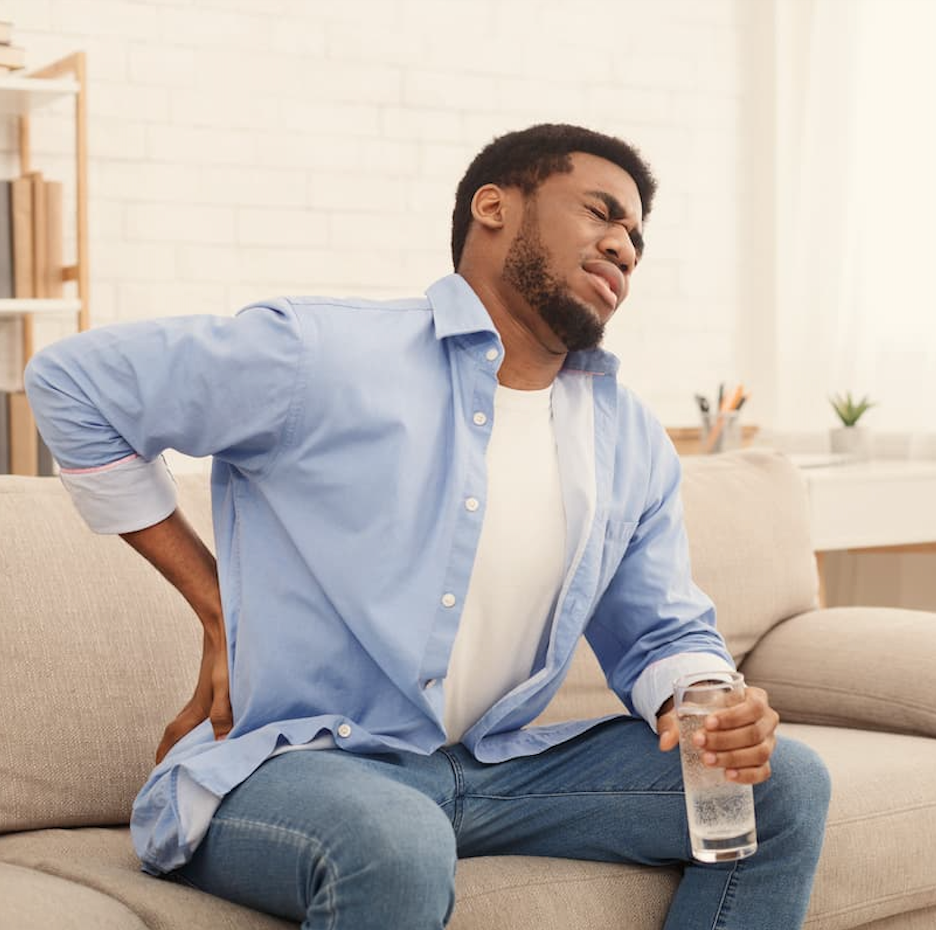Only 1 in 10 Low Back Pain Treatments Work, Study Finds
A review of 301 trials found that only a few nonsurgical treatments for low back pain work, and their benefits are small.
By
Lana Pine
| Published on March 19, 2025
4 min read
Credit: Adobe Stock/Prostock-studio

Research published in BMJ Evidence-Based Medicine found that only about one in 10 nonsurgical and noninterventional treatments for low back pain worked better than a placebo, and even then, the effects were small.
Low back pain is a widespread and challenging condition, often causing severe pain, limited mobility, social isolation and financial strain. The vast majority (80%–90%) of cases are classified as nonspecific, meaning no clear underlying cause can be identified through clinical assessment. With the global burden of low back pain expected to increase in the coming years, there is an urgent need for effective and safe treatment options for patients.
“With an increasing number of treatment options, it is difficult for key stakeholders to remain updated with what treatments are available, much less understand their analgesic efficacy,” wrote a team of investigators led by Aidan Cashin, Ph.D., deputy director of the Centre for Pain IMPACT at Neuroscience Research Australia (NeuRA). “It is essential to understand which treatment options are most promising to provide sound recommendations for health care providers, funders and patients.”
The team conducted a comprehensive systematic review of Medline, Embase, CINAHL, Cochrane Central Register of Controlled Trials and PsycInfo to determine whether nonsurgical and noninvasive treatments for low back pain actually work. Eligible studies were randomized controlled trials (RCTs) that assessed noninterventional and nonsurgical treatments compared with placebo or sham in adult patients experiencing nonspecific low back pain.
Interventions included pharmacological options, such as nonsteroidal anti-inflammatory drugs (NSAIDs) and muscle relaxants, and nonpharmacological approaches, such as exercise and massage therapy. Studies comparing combination medicines to a placebo and co-intervention trials were also included.
More than 300 clinical trials were included in the analysis, offering information on 56 different treatments or treatment combinations. The most common treatments were NSAIDs, opioids, laser and light, acupuncture and mobilization. Most studies (228) included patients with chronic low back pain, 52 recruited patients with acute back pain, and 21 included both.
Researchers found that for acute (short-term) low back pain, only NSAIDs, such as ibuprofen, were effective. For chronic (long-term) low back pain, five treatments demonstrated small benefits: exercise, spinal manipulation, taping, antidepressants and a type of pain relief called transient receptor potential vanilloid 1 (TRPV1) agonists.
However, treatments like glucocorticoid injections, acetaminophen and antibiotics did not work.
Most other treatments had unclear results because studies were too small or not well designed. These included bee venom, hypnotic medicines, cupping, education, biofeedback, probiotics, reflexology and transcranial stimulation.
The inconsistent results reported in many of the trials hindered the certainty of results.
“While we would like to provide more certain recommendations for where to invest and disinvest in treatments, it is not possible at this time,” Cashin and his team wrote.
Investigators noted some limitations of the review, including that the definition of a placebo or sham treatment varied between studies, which may affect comparisons. Similar treatments, such as different types of NSAIDs, were grouped together to simplify their analysis and aid decision-making. Some trials included standard co-interventions for both groups, but this likely did not impact the findings. Lastly, unpublished studies were not included — which is common in low back pain research — but their potential influence remains unknown.
“Further high-quality, placebo-controlled trials are warranted to address the remaining uncertainty in treatment efficacy along with greater consideration for designing placebos of nonsurgical and noninterventional treatments,” investigators concluded.

